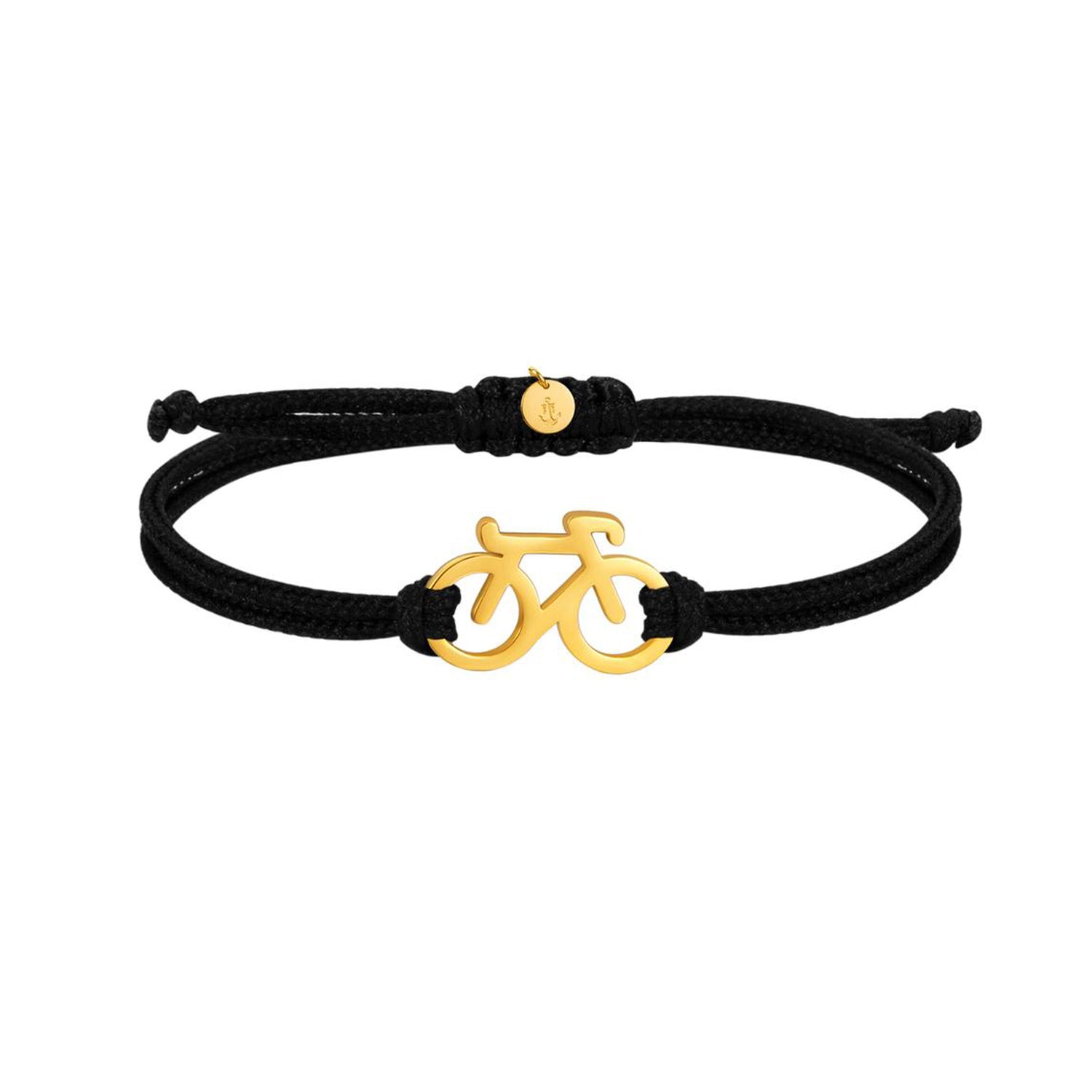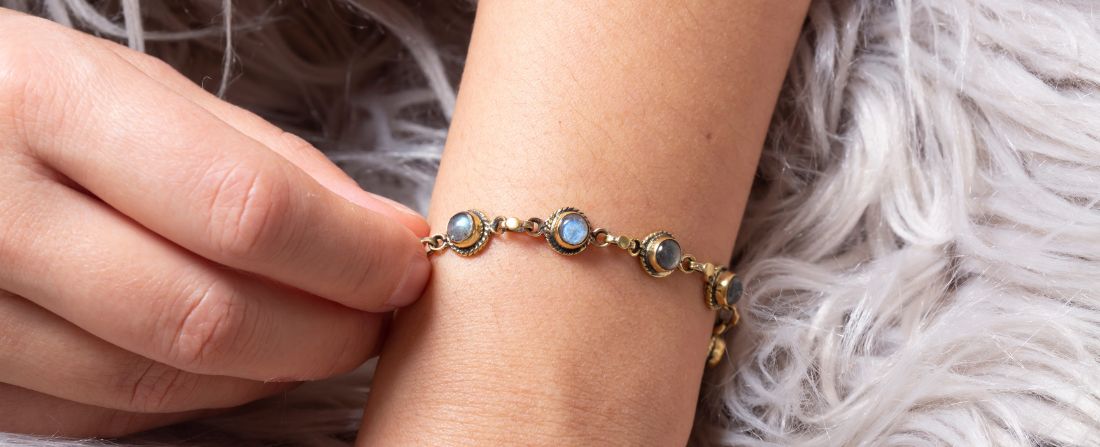Have you ever sported a fabulous necklace, only to take it off later and discover a shocking surprise – a bright green ring around your neck? Don't worry, it doesn't mean you've turned into the Incredible Hulk (although that would be pretty cool). This green phenomenon is a common reaction between certain types of jewelry and your skin's chemistry.
But what exactly causes this green tinge? Buckle up, because we're about to dive into the fascinating science behind why jewelry turns your skin green!
The Culprit: A Chemical Reaction Called Oxidation, In Your Jewelry
The green stain on your neck isn't caused by some evil magic from your necklace (although it might feel that way after a night out). It's all thanks to a scientific process called oxidation. When certain metals in jewelry meet your skin's natural oils, sweat, and other substances, they undergo a chemical reaction.
Think of it like this: when iron is exposed to air and moisture, it rusts. Oxidation is similar, but instead of reddish-brown rust, the reaction with your skin produces a greenish hue.
Metals Used In Jewelry Which Are Most Likely to Make Your Skin Green
Now, not all jewelry is created equal. Here's a breakdown of the metals most likely to cause a green reaction:
- Copper: This is the biggest green culprit. Copper is often found in costume jewelry and some fashion pieces. When it reacts with your skin's chemistry, it creates a greenish copper salt, leaving that unfortunate stain.
- Nickel: This metal is another common cause, especially for people with nickel allergies. Nickel can cause itchiness, redness, and yes, green discoloration alongside the allergy symptoms.
- Brass: This alloy combines copper and zinc. While not as strong a green offender as pure copper, it can still cause some discoloration for sensitive individuals.
Does Sterling Silver or Stainless Steel Turn The Skin Green?
Maybe you're a silver or stainless-steel jewelry lover, wondering if your favorite pieces are safe. Here's the good news:
- Sterling Silver: Generally, sterling silver (which is 92.5% silver and 7.5% other metals, often copper) shouldn't turn your skin green unless you have a specific sensitivity to that small amount of copper. However, some lower quality sterling silver might use more copper, increasing the green risk.
- Stainless Steel: This robust metal is known for its resistance to rust and tarnish. The good news is that stainless steel jewelry is very unlikely to turn your skin green.
So, How Can You Avoid the Green Staining Ruining Your Jewelry Fun?
Don't despair, fashionistas! Here are some tips to keep your neck green-free and your jewelry sparkling:
- Opt for Hypoallergenic Jewelry: Look for pieces labeled "hypoallergenic" or "nickel-free." These are less likely to cause reactions, especially if you have sensitive skin.
- Know Your Metals: Educate yourself about the types of metals used in jewelry. If you're prone to green stains, stick with sterling silver, stainless steel, gold, or platinum.
- Clean Your Jewelry Regularly: Dirt, sweat, and lotions can accelerate the greening process. Wipe your jewelry down with a soft cloth after each wear to remove any lingering substances.
- Mind Your Body Chemistry: Some people naturally have a more acidic skin pH, which can make them more prone to reactions. If this is you, consider a clear coat of nail polish on the part of the jewelry that touches your skin (although test on an inconspicuous area first!).
BONUS TIP: Taking Care of Your Already-Green Skin
If you've already fallen victim to the green stain, don't panic! Here's how to remove it:
- Gently Exfoliate: Use a gentle exfoliating scrub to remove the green residue from your skin.
- Lemon Juice Magic: Fresh lemon juice can help neutralize the copper salts causing the stain. Apply a small amount to the affected area, leave it on for a few minutes, and then rinse thoroughly. Patch test on a small area first to ensure no irritation.
Final Thoughts: Embrace the Science, Enjoy the Sparkle!
Understanding the science behind why jewelry turns skin green can empower you to make informed choices and prevent those embarrassing green moments. By choosing the right metals and caring for your jewelry, you can keep your neck looking fabulous and your favorite pieces sparkling for years to come. Now go forth and accessorize with confidence!
Find all our jewelry here, and add new pieces to your collection. Watch Click is your place to shop.
FAQ: Your Burning Questions About Green Necks and Jewelry Answered!
Q: I don't turn green from one necklace, but another. Why?
A: It all boils down to the metal content. The necklace that turns your skin green likely contains copper, nickel, or brass, which react with your skin's chemistry. Meanwhile, the other necklace might be made from hypoallergenic materials or metals like sterling silver or stainless steel that are less likely to cause a reaction.
Q: Is a green neck from jewelry dangerous?
A: In most cases, a green neck from jewelry is just a cosmetic annoyance and not a health hazard. However, if you experience itchiness, redness, or swelling alongside the green stain, it could be a sign of a nickel allergy. In that case, consult a dermatologist.
Q: How can I tell if my jewelry is hypoallergenic?
A: Look for the label "hypoallergenic" or "nickel-free" on the product description or packaging. Reputable jewelers will often disclose the materials used. If you're unsure, a patch test can be helpful. Apply a small amount of the jewelry to your inner arm and wait 24 hours. If there's no reaction, it's likely safe to wear.
Q: Can I clean my tarnished jewelry and prevent it from turning my skin green?
A: Absolutely! Regularly cleaning your jewelry with a soft polishing cloth removes built-up sweat, oils, and lotions that can accelerate the tarnishing process and potentially contribute to a green stain.
Q: Is there anything I could do if my favorite necklace already turned my skin green?
A: Don't fret! Gently exfoliate the area with a mild scrub to remove the green residue. Fresh lemon juice can also help neutralize the copper salts causing the stain. Apply a small amount, leave it on for a few minutes, and then rinse thoroughly. Remember to patch test the lemon juice on a small area first to avoid irritation.


